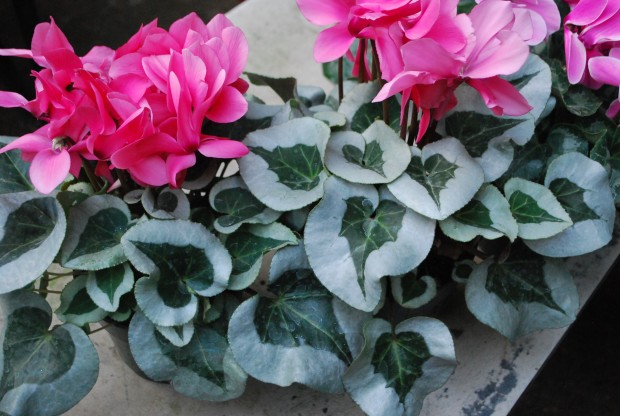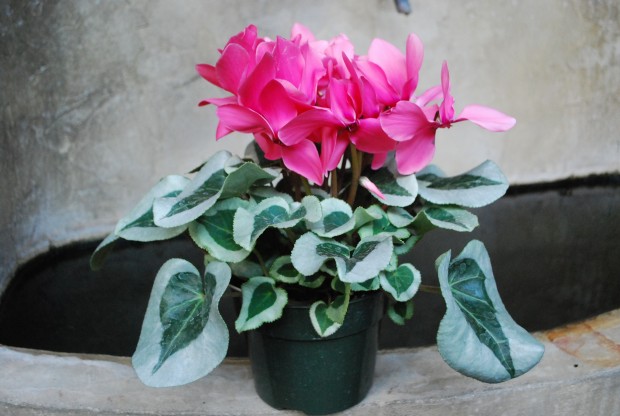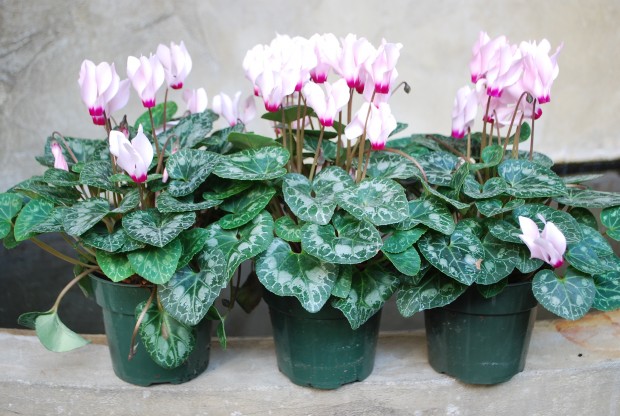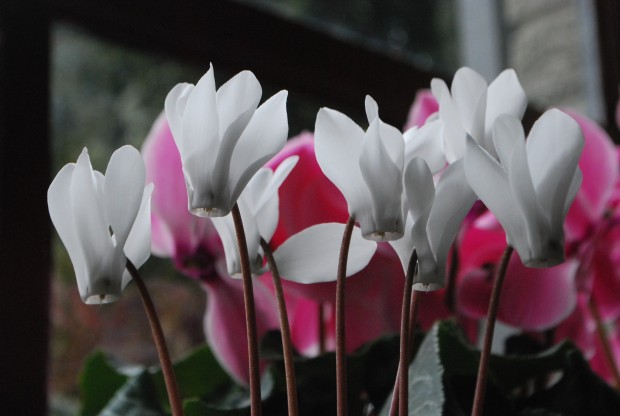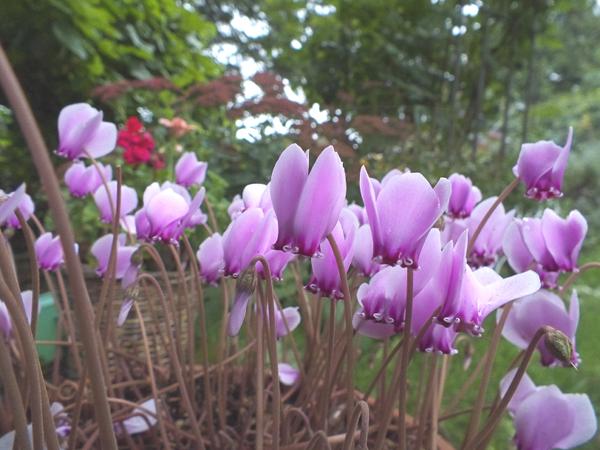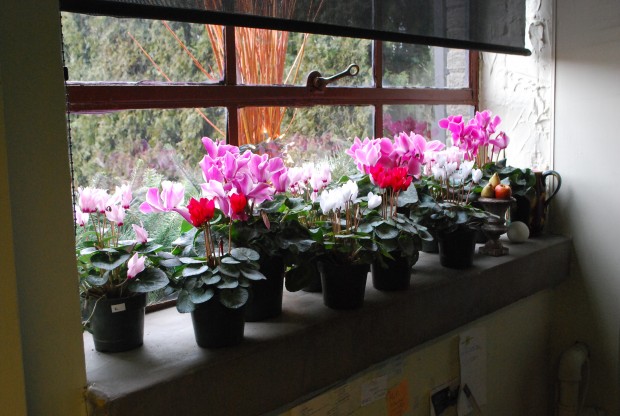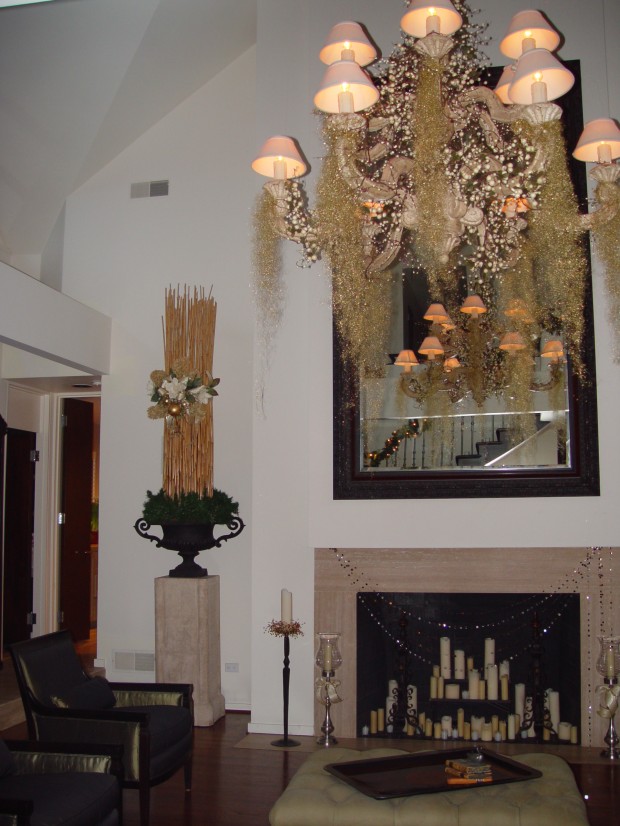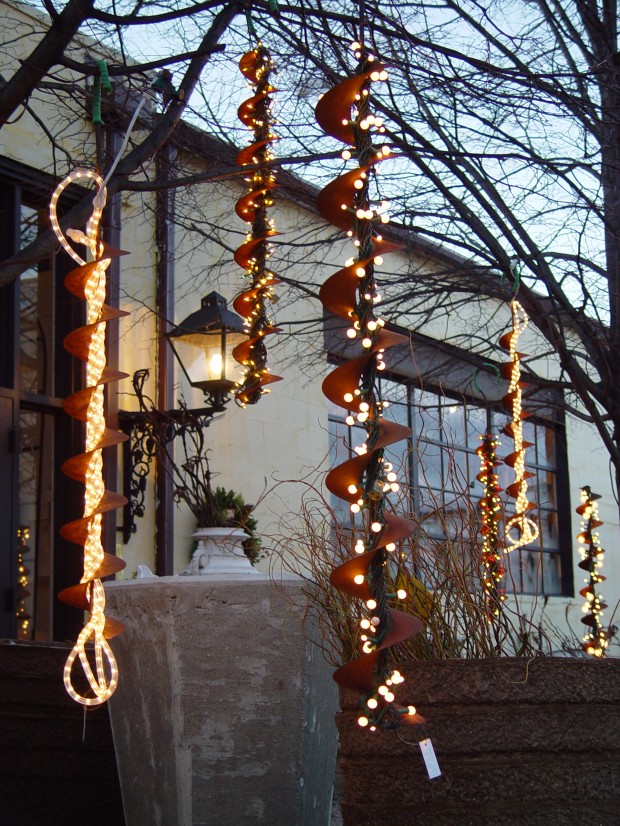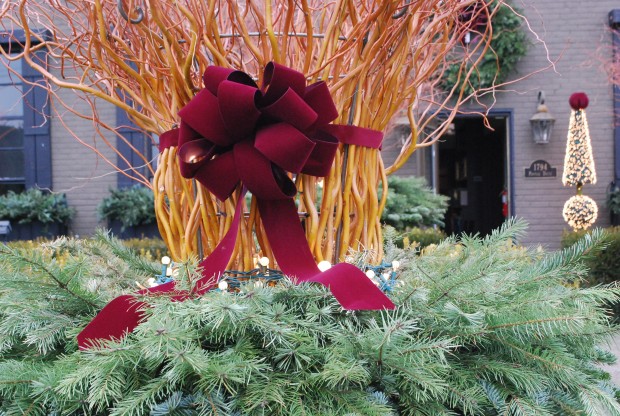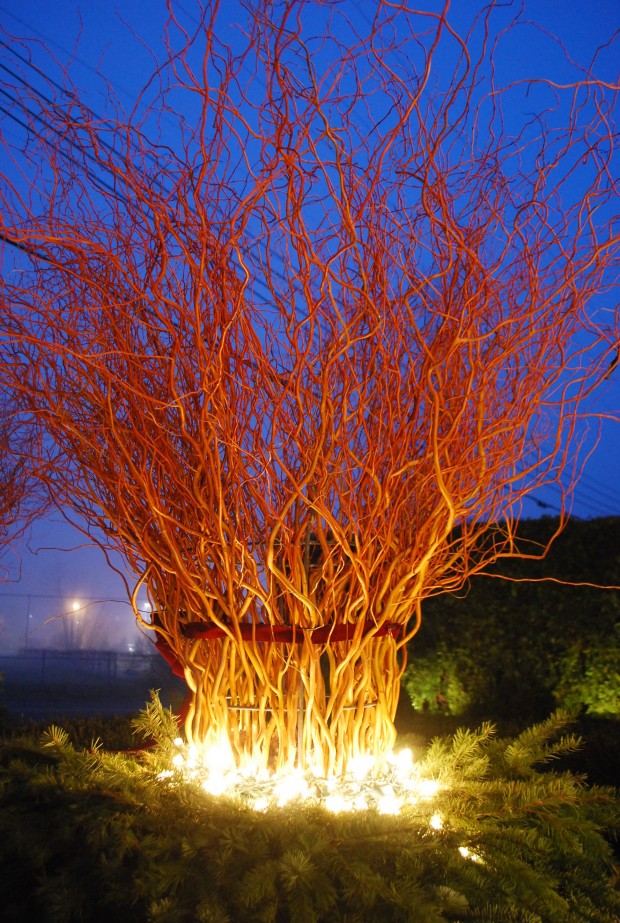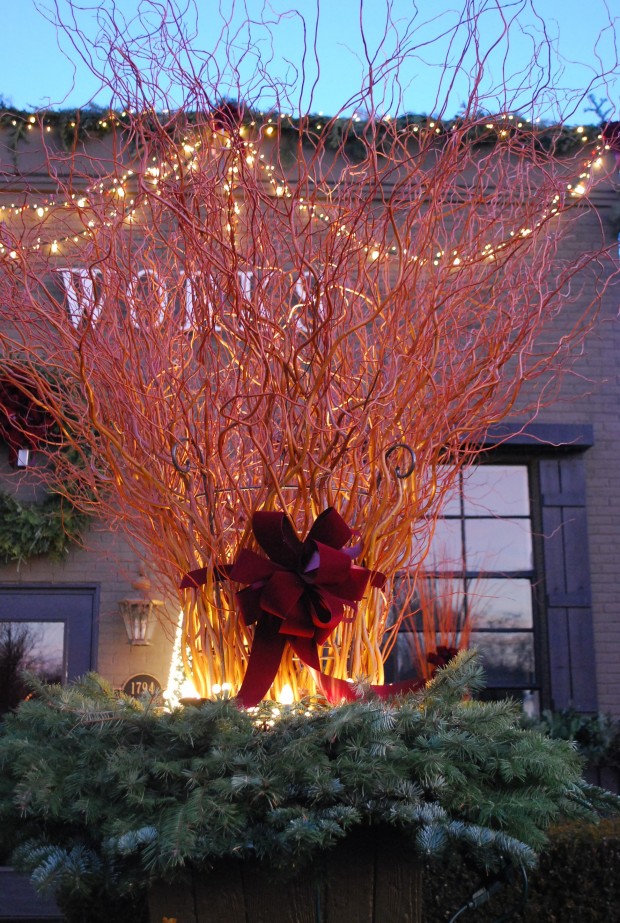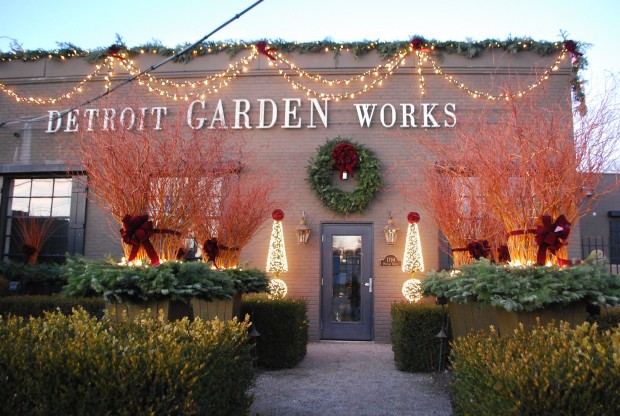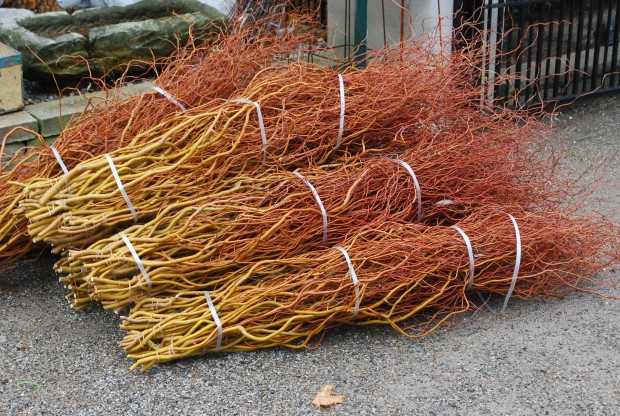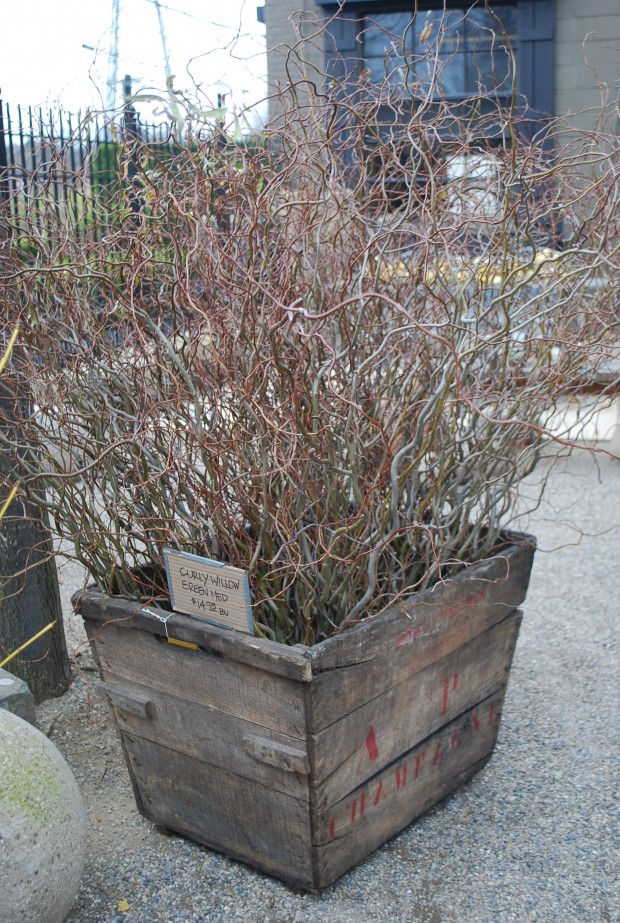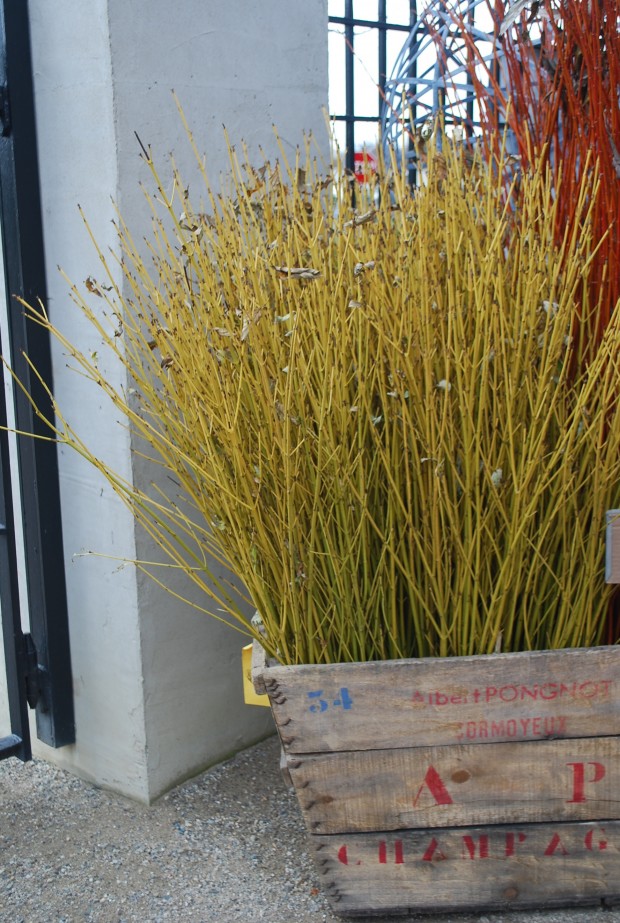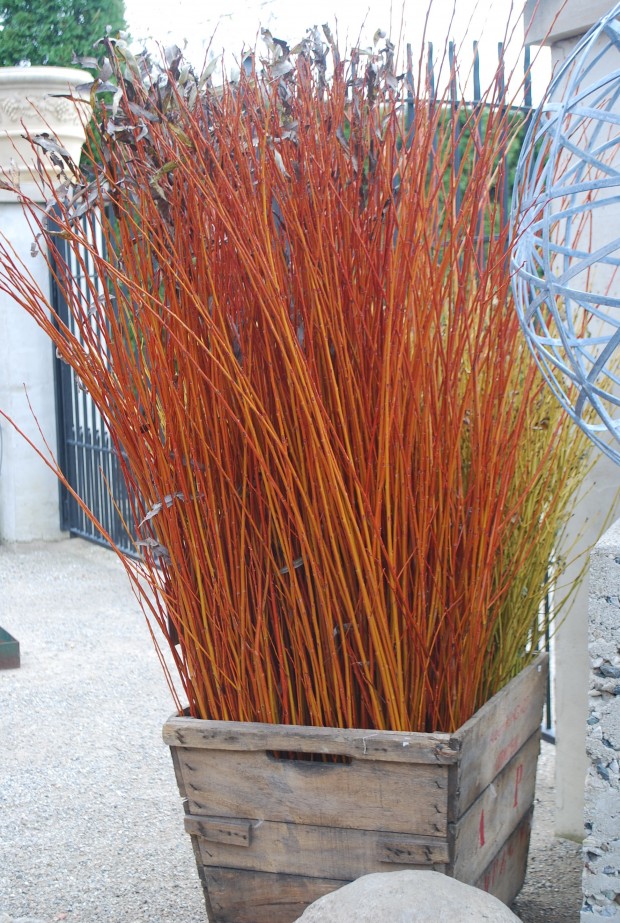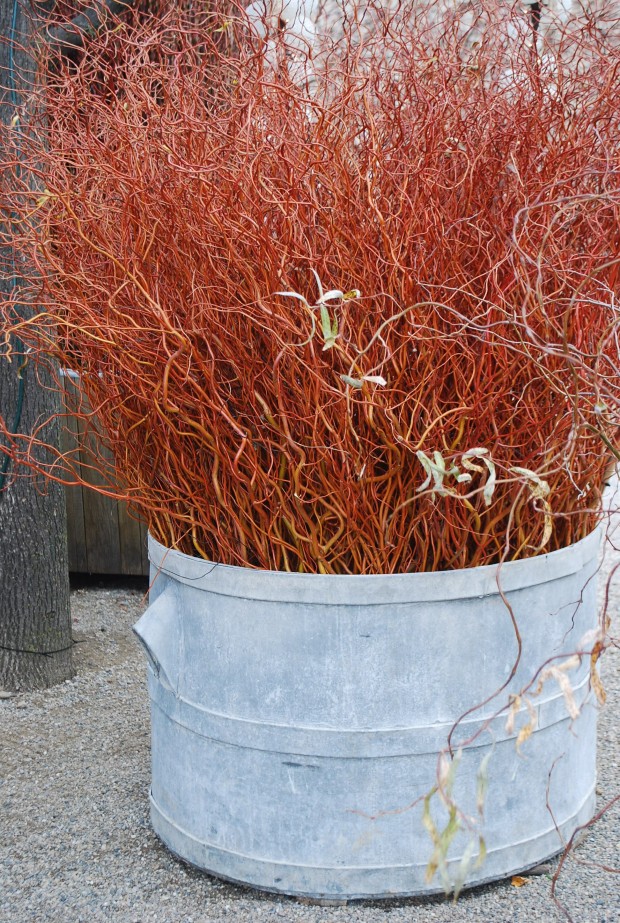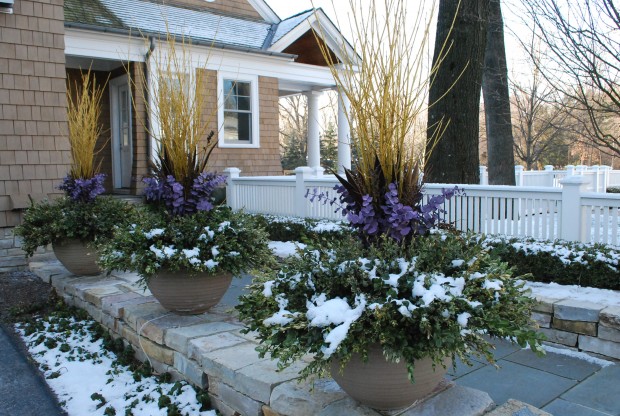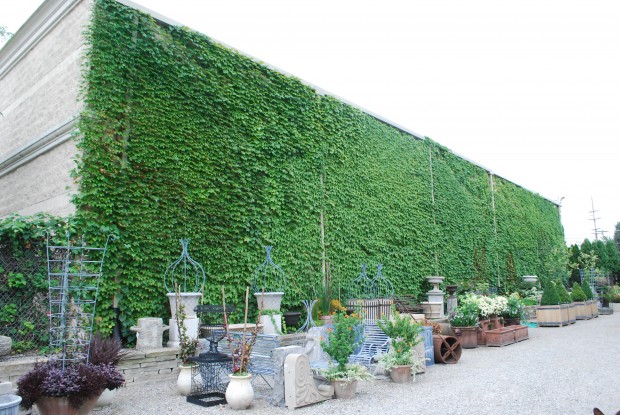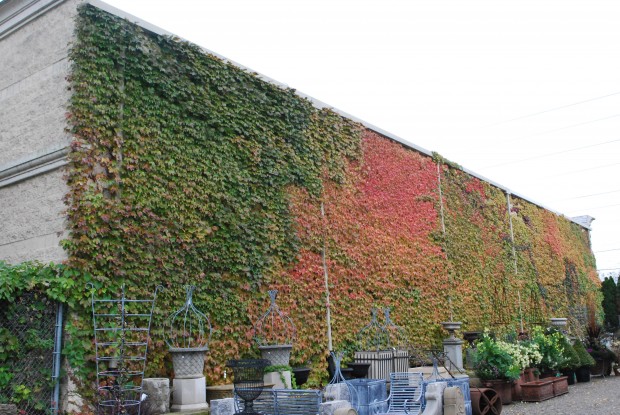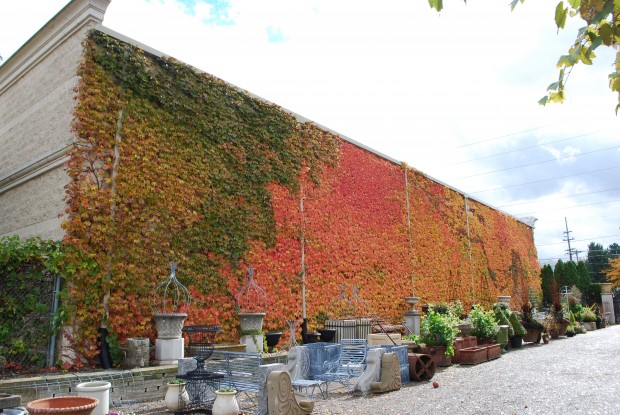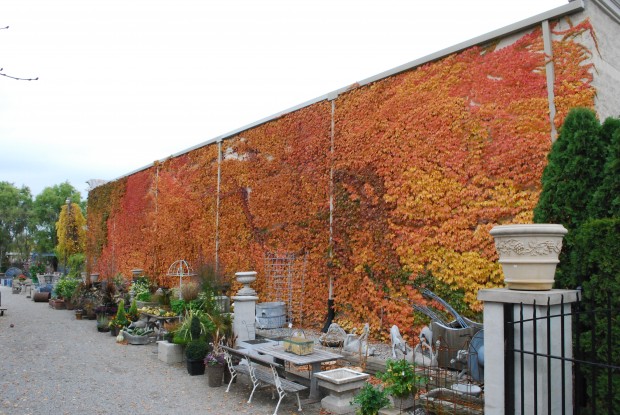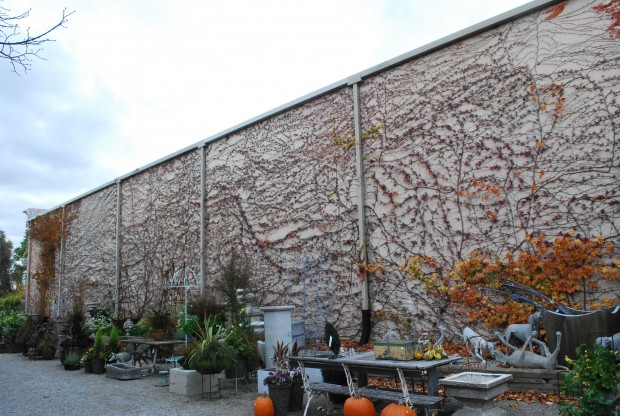Good friends came to the shop late in the day a week ago Saturday-they had a mind to shop our sale, and go to dinner afterwards. We liked the idea. They bought a round of handmade Italian terra cotta pots, given our once a year sale. What would they plant in them? Boxwood, and more boxwood. Rob and I got into a rather spirited discussion about boxwood species and cultivars. M interrupted the both of us with this: LISTEN TO THE HORT HEADS GOING AT IT!
I was amused, and then pleased. Me, a hort head? Well yes, I guess that would be me. My earliest days gardening was entirely about the horticulture. Plants, soil, zones, weather and more plants-I doted on the White Flower Farms catalogue and the national weather service bulletins on TV. Mind you, this time in my life was pre computers. The print plant and seed catalogues were about all I had, beyond my own digging and experimenting.
I grew up into garden design via the plants. Any plant-I was interested. I read all that I could. I learned the names. The latin names-that too. I sprung for small starts of every manner of wild flowers. Rock garden plants-those were great too. Peonies-species peonies. Itoh hybrid tree peonies. Lactiflora peonies. Any peony-I was sure I had to have it. The 5 acres I owned in Orchard Lake had 300 peonies the day I sold it. Iris-loved those too. I grew every iris I could get my hands on. Species from Turkey. Louisiana iris. Japanese iris. Bearded iris. I could go on, but my hort headedness is not really of so much interest. What is really interesting are the plants.
The winter in my zone is long-the better part of 6 months. Every gardener in my zone needs a mechanism by which they cope. January is not so bad. The remnants and memories of the holidays sustain. February-brutally colorless and cold. March-still winter-although in late March comes the crocus, and the hellebores. But March is not the glory that is spring. Last spring was a torment, between the way too early heat, and the heartbreaking and lengthy late freeze. I so hope for better this coming spring.
I had reason to shop for plants for an event. Mark’s greenhouse sported two full benches of cyclamen. Both the standard and miniature cyclamen were in full bloom-breathtaking. Faced with all of those flowers, I loved what I saw, and grieved for the long winter that lays ahead. There is no spring in my immediate future. And I do miss the flowers. I filled my cart, and installed them in my window sill. The leaves typically are dark green with striking white markings, but some newer cultivars sport leaves with big blotches of silvery white.
My windowsill is not a bad spot for cyclamen. They like cool, even downright chilly temperatures. Therre is something very cheery about all of this pink, red and white.
Cyclamen persicum is also known as the florists cyclamen. This species, not hardy in my zone, has been intensively bred for winter bloom. If you are longing for spring, these cyclamens might help you weather the winter storm. Be careful not to overwater. Buy blooming plants that show clear signs of sending up new flowers. I keep them on the dry and cool side, and fertilize every 3 weeks or so with a balanced fertilizer-at 1/2 strength.
Once the leaves start to yellow, I know the plants are asking for a rest period. I will confess I have never tried to keep them over to a following winter. I am not that good a grower. That they help me winter my flowerless storm is enough.
There are cyclamen that are hardy in my zone. Cyclamen hederifolium generally prospers in lower light and dry shade. I would try them in a few locations before making a big investment. They can be haughty, demanding, picky, and unfriendly. Perfectly sited, they prosper. Thriving colonies make you and your garden look good. For years I had a patch in dry shade that was as lovely in leaf as it was in flower.
The flowers are so similar to the florist’s cyclamen that I can not tell them apart. Were I a cyclamen head, I am sure I could spot the differences. They are diminuitive and charming in the garden, but they are really great on my winter window sill.
Not too shabby, this.
